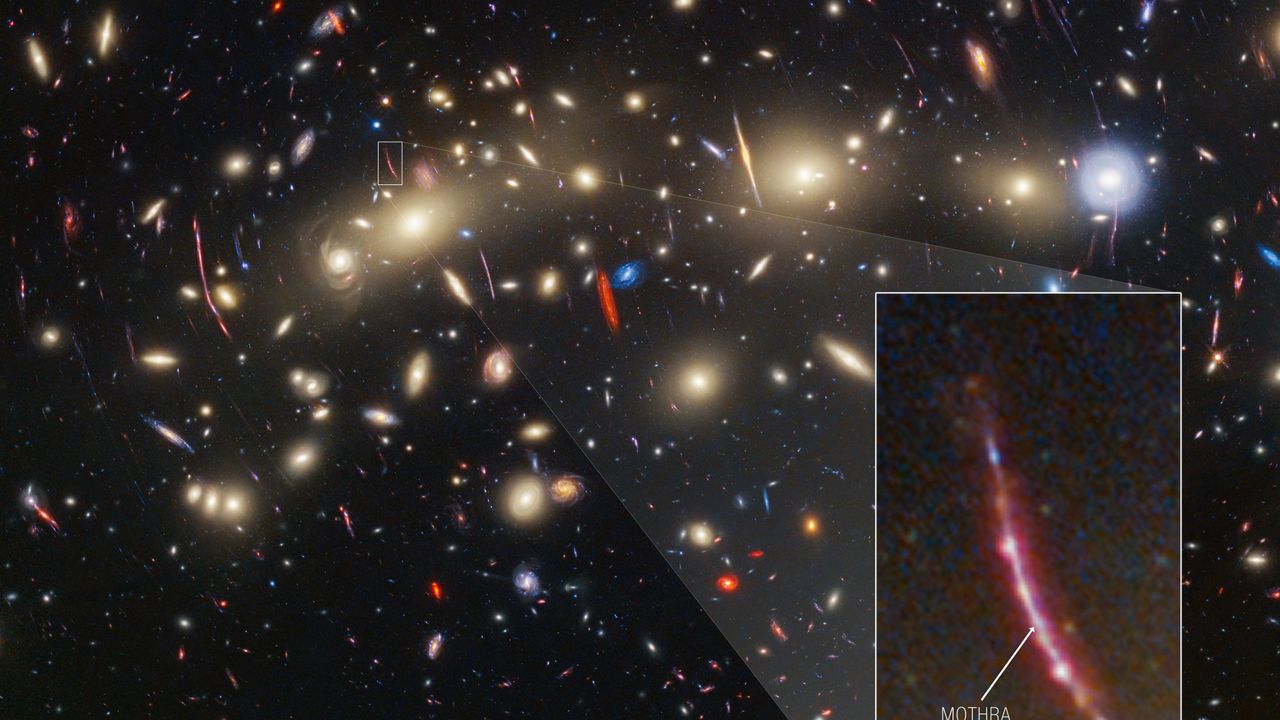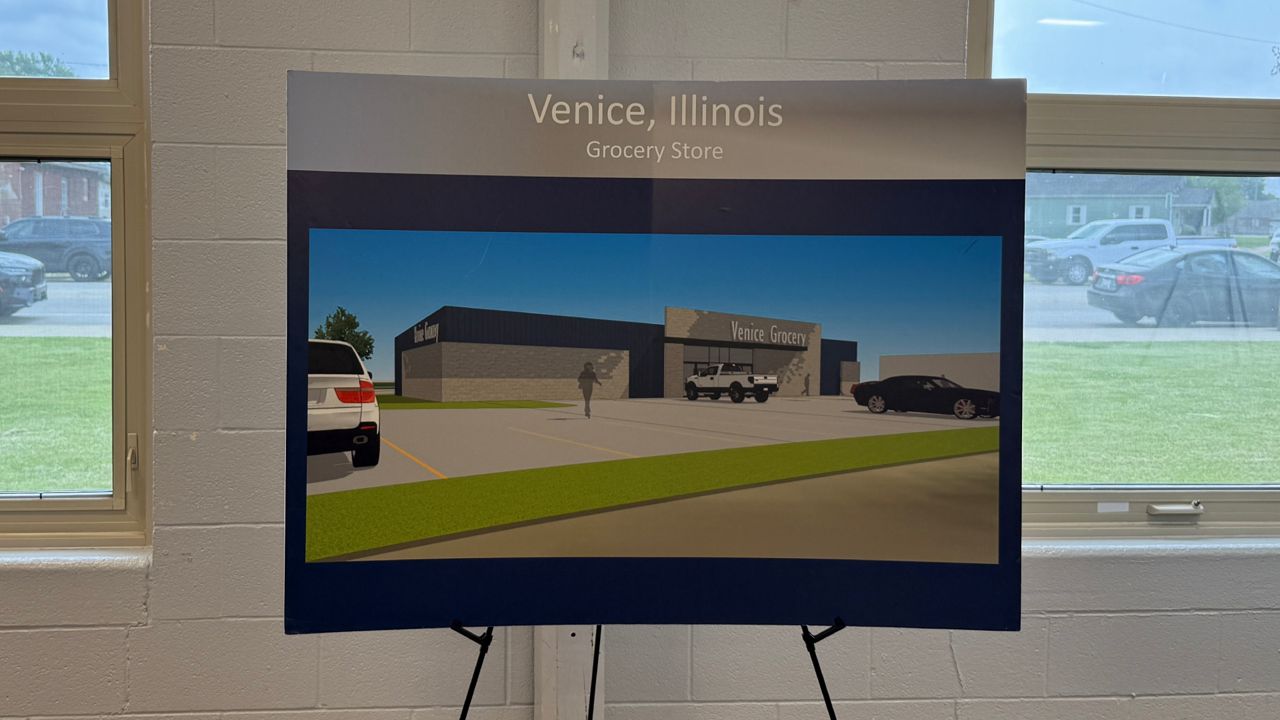COLUMBIA, Mo.—A University of Missouri researcher led a team of scientists to help assemble one of the most comprehensive views of the universe ever taken, according to NASA.
The new image of an expansive galaxy cluster refered to as the "Christmas Tree Galaxy Cluster" reveals "a wealth of detail" that is only possible to capture by combining the power of both the James Webb Space Telescope (JWST) and the Hubble Space Telescope, says NASA.
The cluster was first found by the Hubble years ago. Combinging those images with the infrared light captured with the JWST "significantly bolsters this deep look by going even farhter into the early universe," according to NASA.
The team, led by MU associate professor Haojing Yan, used the JWST to discover 14 new transient objects during its time-lapse study of the galaxy cluster MACS0416.
“Transients are objects in space, like individual stars, that appear to suddenly brighten by orders of magnitudes and then fade away,” said Yan, an associate professor in the Department of Physics and Astronomy.
The team was able to use the JWST to confirm what's causing the cluster's "flickering lights" or transients that scientists saw previously with the Hubble Space Telescope, according to the university.
“We’re calling MACS0416 the 'Christmas Tree Galaxy Cluster', both because it’s so colorful and because of the flickering lights we find within it,” Yan told the university. “We can see so many transients in certain regions of this area because of a phenomenon known as gravitational lensing, which is magnifying galaxies behind this cluster.”
The team discovered the transient objects by studying four sets of images taken by the JWST of the galaxy cluster over a 126-day period.
“Right now, we have this rare chance that nature has given us to get a detailed view of individual stars that are located very far away. While we are currently only able to see the brightest ones, if we do this long enough — and frequently enough — we will be able to determine how many bright stars there are, and how massive they are,” said Yan.
NASA explained finding so many transients spanning a relatively short time frame suggests astronomers could find many additional transients in this cluster and others like it through regular monitoring with the JWST.









